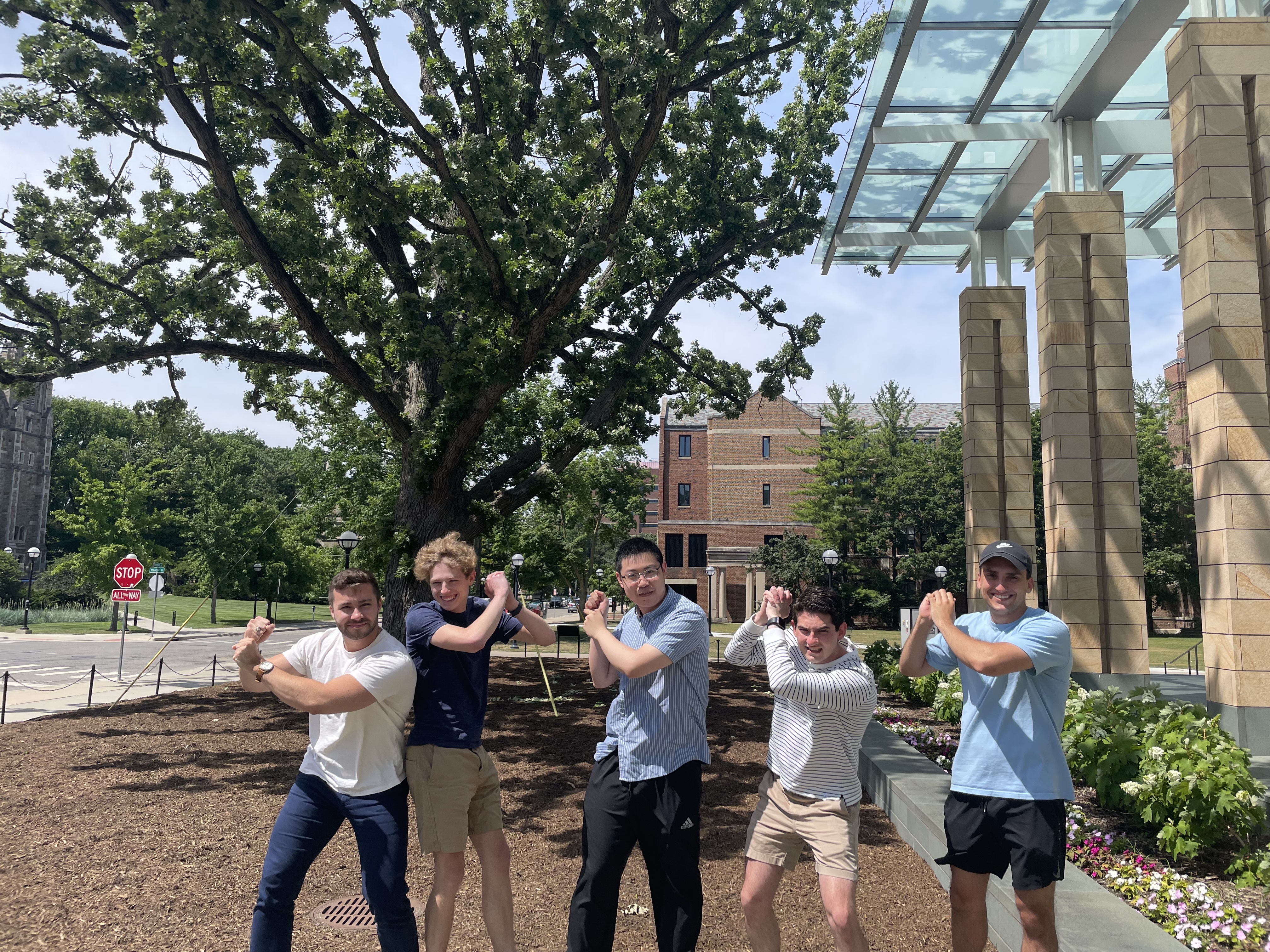How We Built the Book

- Documentation of Our Group Process
- We created a clear team charter together: After reading the course materials related to the team charter and team vision, we jointly construct a team charter with a shared vision, clear roles and responsibilities, clear scope and milestones, and a team and personal goals. This team charter helps our team together to achieve our shared upon team goals more effectively.
- We have Provided Continuous Feedback: After reading Proactive Feedback Seeking, our team chooses to set aside time after the meeting for anyone who wants to give feedback to others. Although there is not much feedback, some feedback is important to improve the efficiency of the team.
- How Did Our Group Handle Challenges and Change
- First, we established guidelines for handling conflict: when creating our team charter, we decided to set norms that would minimize the chances of conflict. We created a voting mechanism to deal with tough decisions (three out of five votes needed) and we implemented it when deciding on a topic for a group presentation. We had set meeting times weekly to make sure we had time as a group to meet and talk about our progress and the overall direction of the project. For example, after conducting mock user interviews, we used one of our weekly meetings to reassess our target customer.
- We created a positive group culture: since the beginning of our project, we emphasized the importance of building a strong team culture that went beyond the actual project. In fact, we established in our charter that we would start every meeting by talking about something not related to school work. This allowed group members to feel comfortable enough to express dissatisfaction and push back, creating meaningful debate during periods of transition and conflict.
- We’ve emphasized clear communication: as a team, we made sure to communicate with each other and to set clear expectations. Group members informed each other when they had to miss a meeting or when needing help for their part of the project. By knowing where each of us stood, we all felt secure in our progress and minimized conflict.
- How did we Divide Work and Leverage Unique Strengths of Each Team Member?
- We divided the work of this document by understanding our differences in experience. For GitHub, Tom and I (Anthony) had used GitHub before, while the rest had not. This allowed us to teach others how GitHub works, the basic GitHub commands, and what to do when inevitable errors arose. While neither of us were experts, this allowed us to all be able to learn the intricacies of Git together.
- For writing RMarkdown pages, this came into play with topics about Ross or Ann Arbor specifically, those who had prior knowledge of them did those chapters. Outside of this division, we simply divided the rest of the chapters based upon our personal interests. We all took the ones we thought were interesting, and merged them together into our final book.
- How did we Adopt Agile Work Practices
- Collaborating with a purpose: It is commonplace for teams to have meetings for the sake of having a meeting and nothing would get accomplished. Our team set objectives before each meeting so we knew why we were meeting and what needed to be accomplished, which helped us to achieve other principles like getting done quickly and allowing ourselves to be as efficient as possible.
- Working together with the customer: As a team, we met with a “customer”, which in our case was admitted student to the MBAn program, early on in our project and developed a better understanding of the purpose of our book and which tasks we should prioritize. The customer also suggested material that was not previously considered, such as preparing for the winter and how to book study rooms at Ross. We continued the practice of communicating with the customer by meeting with different MBAn students at various points in the project to gather their opinions.
- Accommodating changing requirements: With changing of assignments and deadlines, our team was able to successfully pivot from our initial deadlines and plans and tackle new tasks put forth in front of us.
- How did we Manage the RMarkdown/Git/GitHub Complexity and Learning Curve
- Teachers and Students: As we mentioned in the section about dividing up the work, Anthony and I (Tom) were able to lead the group in terms of RMarkdown and GitHub. When it came to smaller tasks in those programs, like a quick change to the structure of the book or coordinating pulls and pushes, the RMarkdown/GitHub leaders could execute them quickly. We did use this as a teaching opportunity though as, especially when we would come together before an assignment deadline, those of us with more experience would come together to help with any technical difficulties the rest of the team was experiencing.
- Relying on Outside Expertise: Despite some of us having previous experience in these programs, there was of course still learning to be done. There were several occasions when the problems we were facing were outside of our current abilities. When these situations arose, we made sure to seek out our professor’s help.
- What More Could we do to Become a More Effective and Productive Team in the Remaining Time Left?
- Due to the limited time we have left as a group, we believe that making big changes to our workflow and norms could be more damaging than beneficial. However, something we failed to do was have an in-depth debrief after our first presentation, and since we have another group presentation coming up soon, we might benefit from having a meeting specifically on analyzing our performance.
